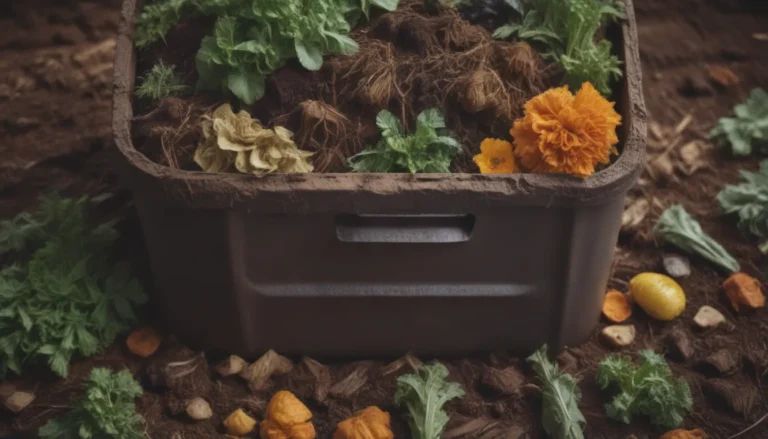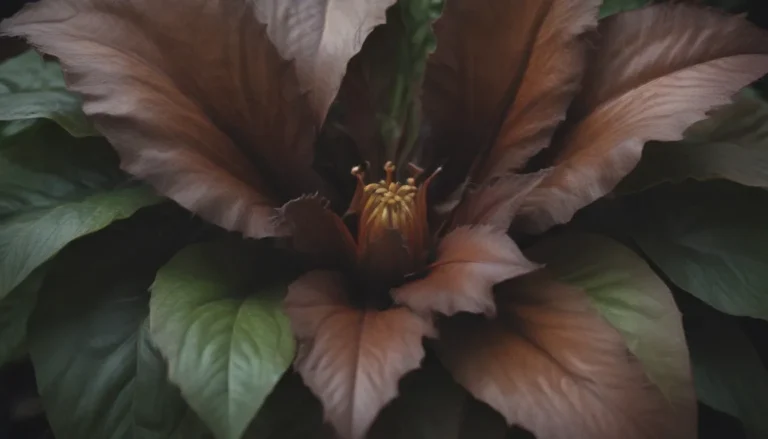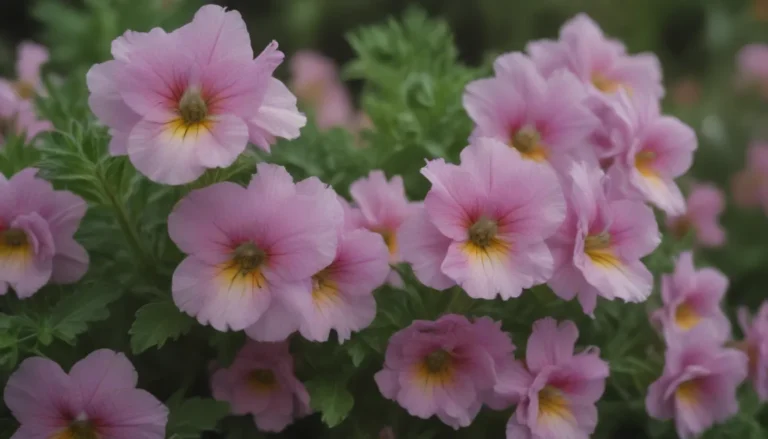The Complete Guide to Growing and Caring for Camphor Trees

If you’re looking to add a touch of elegance and a soothing scent to your garden, consider growing a camphor tree. These evergreen trees are not only aesthetically pleasing with their sprawling form and glossy leaves but also emit a delightful camphor scent when their leaves are bruised. In this comprehensive guide, we will walk you through everything you need to know about growing and caring for camphor trees to ensure they thrive in your garden.
Understanding Camphor Trees
Before we dive into the nitty-gritty of caring for camphor trees, let’s take a moment to appreciate these ornamental shade trees and their unique characteristics. Camphor trees are known for their:
- Lingering black drupes
- Attractive bark
- Tolerant nature
- Ability to thrive in high humidity
It’s important to note that while camphor trees can add a beautiful touch to your landscape, they can also be toxic to people and pets. So, it’s essential to handle them with care and ensure they are planted in a safe location.
Camphor Tree Care Tips
Now that we have a basic understanding of camphor trees, let’s delve into the essential care tips to help your trees flourish.
Light
Like any other plant, camphor trees require an adequate amount of sunlight to thrive. Here are some light requirements to keep in mind:
- Full sun is ideal for camphor trees, with at least six hours of sunlight per day.
- While they can tolerate partial shade, full sun exposure will promote better growth and foliage development.
Soil
The soil quality plays a crucial role in the health of your camphor trees. Here’s what you need to know about soil preferences:
- Camphor trees can adapt to various soil types but prefer fertile, sandy soil.
- The pH level of the soil can range from acidic to alkaline, so it’s essential to assess the soil quality before planting.
Water
Proper watering is key to ensuring the well-being of your camphor trees. Here are some watering tips to keep in mind:
- Keep the soil consistently moist, especially for young trees.
- Water young trees 15-20 gallons per week during the first two years, then adjust based on rainfall.
- Established trees may require less frequent watering but monitor soil moisture to ensure they are adequately hydrated.
Temperature and Humidity
Camphor trees thrive in warm, humid climates similar to their native habitat in Japan and China. Here’s what you need to know about temperature and humidity requirements:
- Camphor trees grow best in USDA hardiness zones 9 through 11, where they can enjoy warm temperatures and high humidity.
- Ensure your camphor trees are planted in a location that mimics their natural environment to promote healthy growth.
Fertilizer
While camphor trees are relatively low-maintenance, occasional fertilization may be necessary. Here’s how to approach fertilizing your trees:
- Only apply fertilizer if the tree shows signs of nutrient deficiency.
- Conduct a soil test to determine the need for supplemental fertilizer.
- If needed, opt for a slow-release organic tree fertilizer and follow the recommended application instructions.
Types of Camphor Trees
In addition to the traditional camphor tree (C. camphora), there is another cultivar worth noting: C. camphora ‘Monum.’ Here’s a brief overview of this cultivar:
- Monum camphor trees are smaller in size compared to regular camphor trees, reaching about 40 feet in height.
- They have a more narrow spread and larger leaves, making them a unique addition to your landscape.
Pruning and Propagating Camphor Trees
While camphor trees do not require extensive pruning, you may choose to shape them for aesthetic purposes. Here are some tips on pruning and propagating camphor trees:
- Prune camphor trees in late winter or early spring when they are dormant to achieve the desired shape.
- Propagate camphor trees from seeds planted in spring or semi-ripe cuttings in summer. Ensure proper care and attention during the propagation process for successful growth.
Common Pests and Plant Diseases
Camphor trees are generally resistant to many common pests and diseases. However, they may occasionally face issues with mites, scale, and laurel wilt. Here’s how to address common pests and diseases:
- Monitor your camphor trees regularly for signs of pest infestation and disease.
- Implement appropriate pest control measures if needed to protect the health of your trees.
Encouraging Blooms and Addressing Common Problems
Healthy camphor trees should bloom readily, adding a touch of beauty to your garden. Here’s how to encourage blooms and address common problems that may arise:
- Ensure your camphor tree receives sufficient light to promote blooming.
- Address issues such as root rot and messy fruit to maintain the overall health and appearance of your trees.
Conclusion
In conclusion, camphor trees are a delightful addition to any garden, offering not only aesthetic beauty but also a soothing fragrance. By following the care tips outlined in this guide, you can ensure that your camphor trees thrive and continue to enhance your outdoor space for years to come. Remember to provide adequate sunlight, water, and soil conditions, and monitor your trees for any signs of pests or diseases. With proper care and attention, your camphor trees will reward you with their elegance and charm season after season.
References:
– Camphor. Pet Poison Helpline.
– Cinnamomum camphora. Plant Atlas, University of South Florida.
– Cinnamomum Camphora. University of Florida, Center for Aquatic and Invasive Plants.
– Cinnamomum camphora. North Carolina State Extension.





